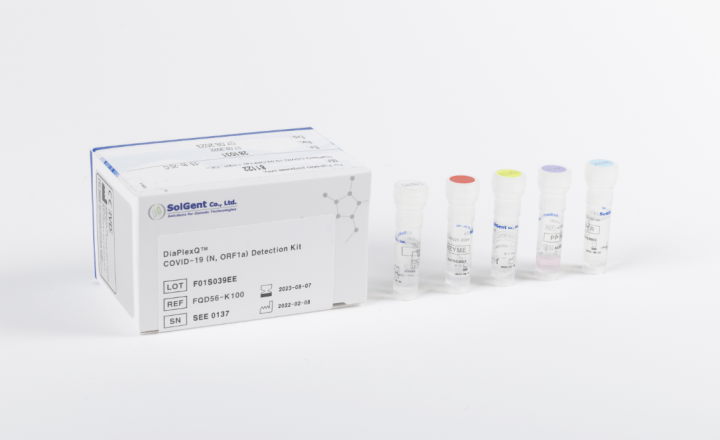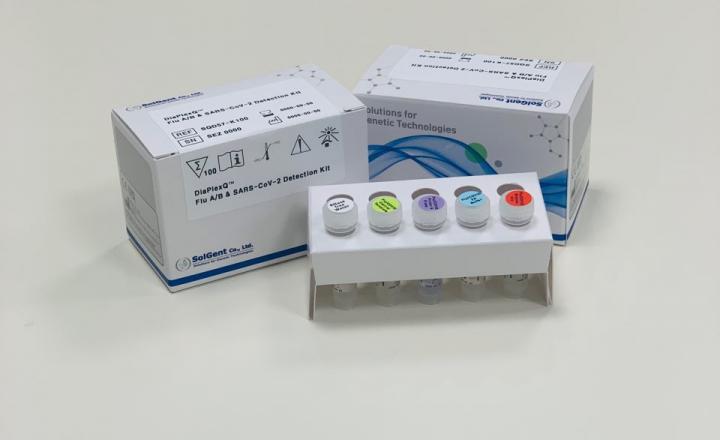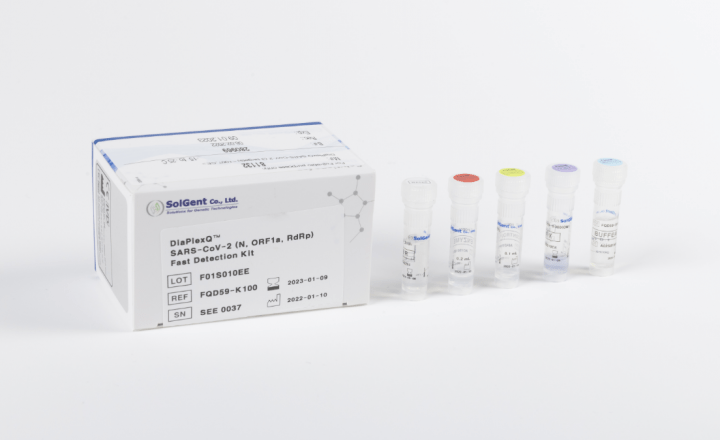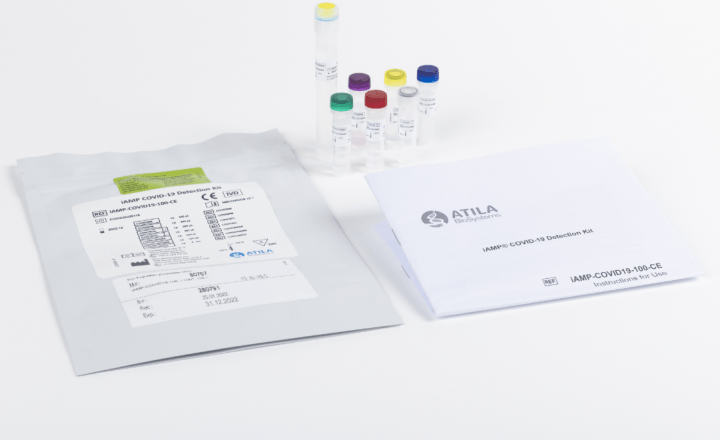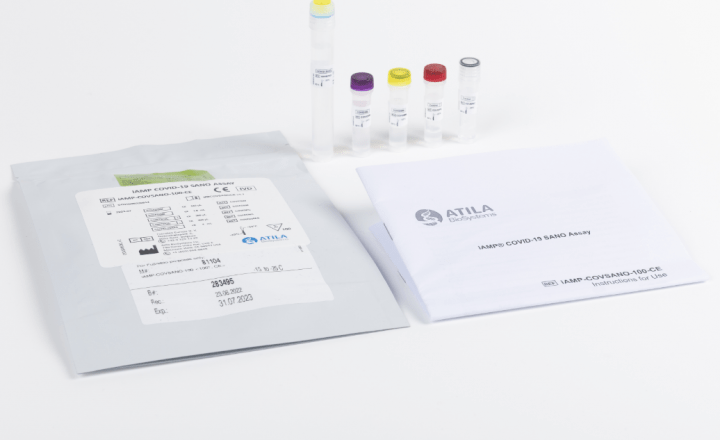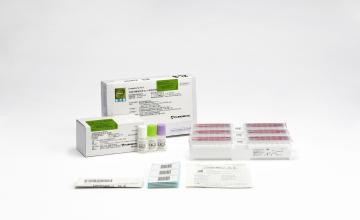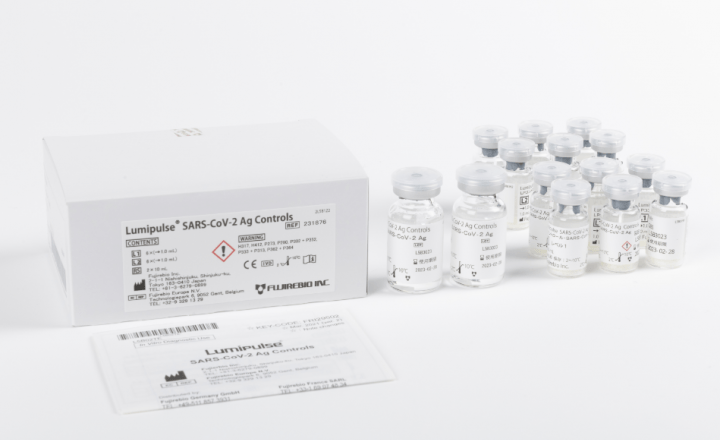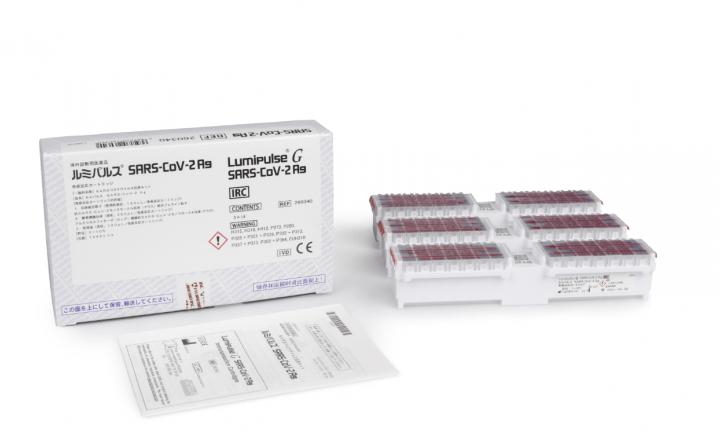Japanese authorities have chosen Lumipulse® for nasopharyngeal or saliva-based SARS-CoV-2 antigen testing of passengers at their main international airports
Several fully automated and CLEIA-based LUMIPULSE G1200 systems from Fujirebio are right now performing fast, high sensitivity SARS CoV-2 antigen testing of passenger samples at the Haneda international airport in Tokyo, Japan, as well as at the Narita and Kansai airports.
The quarantine lab operation in these airports is supported by our H.U. Group sister company, SRL.
Testing with the Lumipulse G SARS-CoV-2 Ag assay, running on LUMIPULSE G equipment, is also performed in multiple national airports across Japan.
Fujirebio Europe announced the CE marking of this fast and highly sensitive automated COVID-19 antigen assay on August 11, 2020 (read the press release here).
About the Lumipulse G SARS-CoV-2 Ag assay
The Lumipulse G SARS-CoV-2 Ag assay is used on a LUMIPULSE G system for quantitative measurement of SARS-CoV-2 antigen in human nasopharyngeal swab fluid or saliva.
It is used as an aid in the diagnosis of a SARS-CoV-2 infection and utilizes proven CLEIA (chemiluminescent enzyme immunoassay) technology.
The assay generates fast results (available in up to 35 minutes) using different sample types including less invasive saliva samples, offering a potential for patient self-collection and a solution for the recurrent shortages of swabs.
You can view the full details about the Lumipulse G SARS-CoV-2 Ag assay here.
About SARS-CoV-2
The 2019 novel coronavirus infection disease (COVID-19) is caused by the novel severe acute respiratory syndrome coronavirus 2 (SARS-CoV-2).1,2 In December 2019, the Health Commission of the City of Wuhan, Hubei Province, China, reported multiple pneumonia patients with unknown cause. On January 7th 2020, the World Health Organization (WHO) announced that the National Health Commission of China identified a new type of coronavirus, SARS-CoV-2.3 The WHO declared a COVID-19 pandemic on March 11th 2020 due to the worldwide spread of novel coronavirus infection.4
To detect the virus, lower respiratory tract specimen, nasopharyngeal swab fluid and saliva of the patient are shown to be reliable samples for the detection of the SARS-CoV-2 virus.5,6 In general, the diagnosis of SARS-CoV-2 infection is made by molecular detection of the SARS-CoV-2 genes. Although nucleic acid-based tests can detect SARS-CoV-2 gene with high sensitivity, it is restricted by the needs of special equipment and turnaround time. Lumipulse G SARS-CoV-2 Ag is useful as an aid in the diagnosis of COVID-19 by detecting and quantifying the SARS-CoV-2 antigen in nasopharyngeal swab samples as well as saliva samples.
References:
- Wu F, et al. A new coronavirus associated with human respiratory disease in China Nature, 579: 265-269, 2020.
- Coronaviridae Study Group of the International Committee on Taxonomy of Viruses. The species Severe acute respiratory syndrome-related coronavirus: classifying 2019-nCoV and naming it SARS-CoV-Nat Microbiol, 5: 536-544, 2020.
- WHO website: ”Rolling updates on coronavirus disease(COVID-19)” (www.who.int/emergencies/diseases/novel-coronavirus-2019/events-as-they-…) Medical Research and Development.
- WHO Director-General's opening remarks at the media briefing on COVID-19 - 11 March 2020 (www.who.int/dg/speeches/detail/who-director-general-sopening-remarks-at…)
- Di Gennaro F, et al. Coronavirus Diseases (COVID-19) Current Status and Future Perspectives: A Narrative Review. Int J Environ Res Public Health, 17: 2690, 2020.
- Iwasaki S, et al. Comparison of SARS-CoV-2 detection in nasopharyngeal swab and saliva [published online ahead of print, 2020 Jun 4]. J Infect. 2020; S0163-4453(20)30349-2. doi: 10.1016/j.jinf. 2020.05.071.


